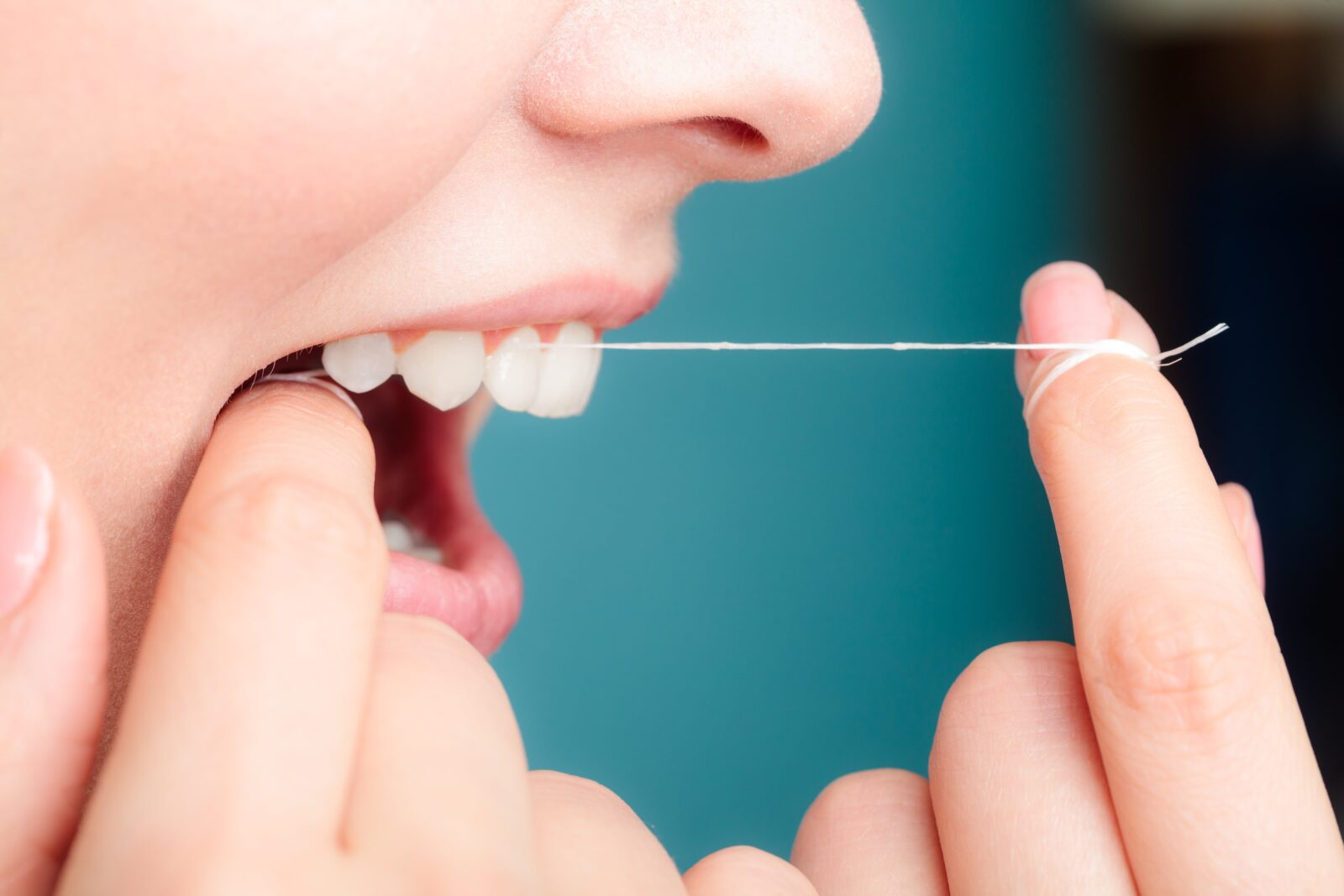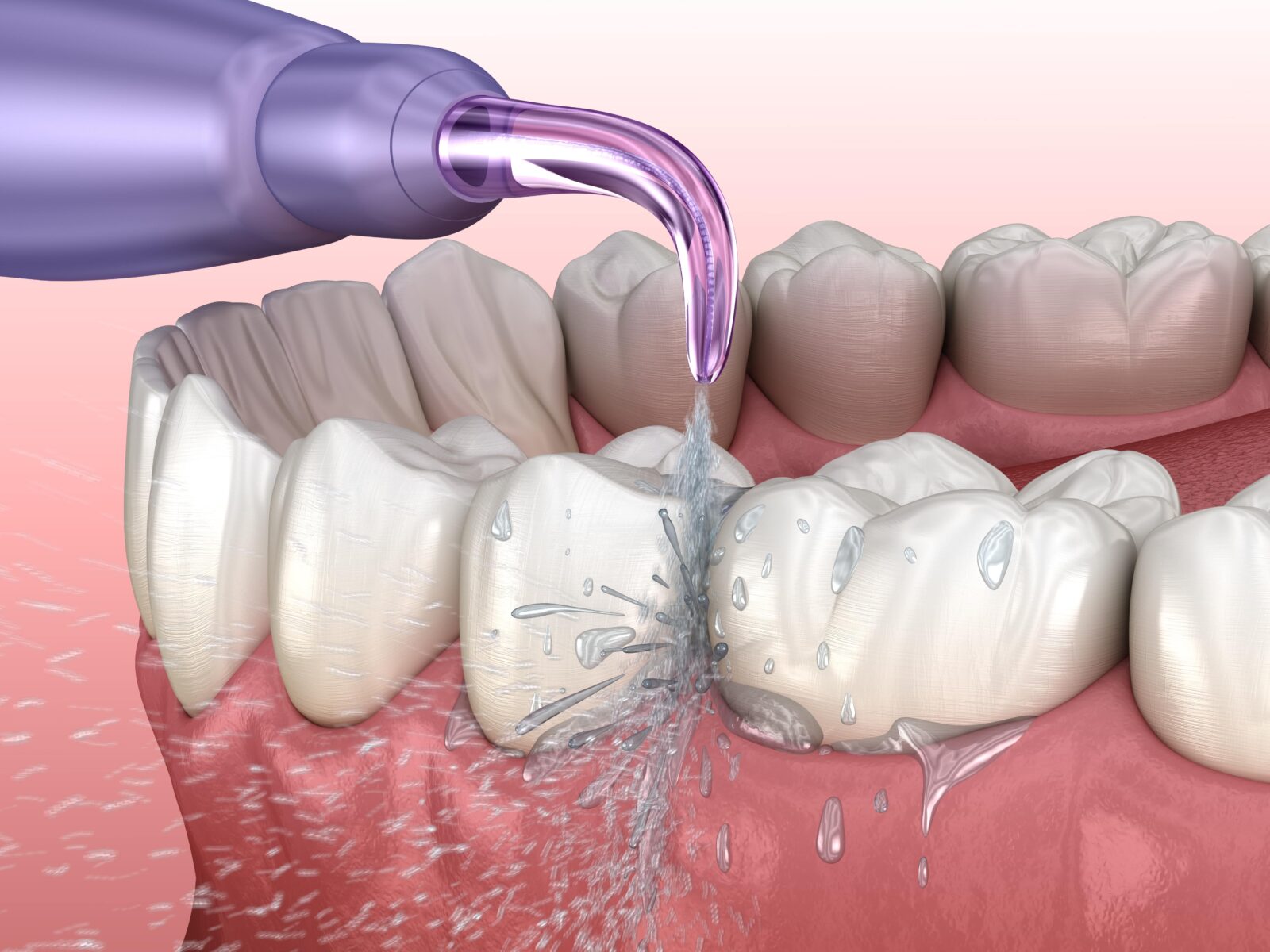It’s no secret that flossing is important for oral health. In fact, the American Dental Association (ADA) recommends flossing your teeth every day. But what is the best way to floss? And how can you make it easier? In this blog post, we will provide a step-by-step guide on how to floss your teeth like a pro! Keep reading to find out!
Why Floss?
Flossing is important because it helps remove plaque and bacteria from your teeth and gums. Plaque is a sticky film of food debris, saliva, and bacteria that forms on your teeth. If plaque is not removed within 48 hours, it can harden into tartar. Tartar can only be removed by a professional cleaning at the dentist office. Both plaque and tartar harbor bacteria that can cause cavities and gum disease. Therefore, by removing plaque and bacteria, you are preventing the accumulation of tartar and helping to keep your teeth and gums healthy!
The Best Way to Floss (Aka: The Right Way)
Now that we know why flossing is important, let’s talk about how to do it properly. After all, the best way to floss is the right way.

- The first step is to choose the right type of floss for you. There are many different types of floss available on the market, so it’s important to find one that you are comfortable using. The ADA recommends using an unflavored waxed or unwaxed dental floss. Waxed floss tends to be stronger, but is thicker. Unwaxed floss is more likely to fray, but is also thinner and can fix into very tight spaces.
- Next, you will want to break off about 18 inches (46 cm) of floss. This will give you enough floss to work with and avoid having to re-knot the floss while you are using it. Believe it or not, it’s easier to floss when you have more than enough floss.
- Once you have your floss, you will want to make sure that your hands and the floss are not tangled. To accomplish this, wrap the excess floss around your middle fingers, then use your thumb and index finger to hold the floss taunt and maneuver between the teeth.
- Now it’s time to start flossing! Gently guide the floss between your teeth using a back-and-forth motion. Do not snap the floss into your gums as this can damage them. Instead, curve the floss around each tooth in a C shape and slide it up and down against the side of each tooth. If you are prone to gum irritation, it helps to move the floss away from the gums as you work.
- Repeat this process to floss all of your teeth. Make sure to floss all of your teeth, including the back ones. Once you are finished flossing, throw away the used floss and rinse your mouth with water or mouthwash.
Additional Tips:

– If you have trouble using traditional floss, there are many other options available such as floss picks, water flossers, and interdental brushes. You can also use a floss threader to help you get the floss under your braces or dental bridges.
– If your gums bleed when you floss, do not worry! This is normal, especially if you have not been flossing regularly. Bleeding should stop after a few days of regular flossing. However if they continue bleeding, speak with your dentist.
– Be sure to floss before brushing your teeth, not after. This will help remove plaque and bacteria so that your toothbrush can more effectively clean your teeth. Flossing before you brush also allows the fluoride to penetrate in between your teeth.
In Conclusion
In conclusion, flossing is an important part of oral care. It helps remove plaque and bacteria, which can cause cavities and gum disease. Flossing also helps to keep your breath fresh. The best way to floss is with 18 inches of floss, wrapped around your middle fingers. Use a back-and-forth motion to guide the floss between your teeth, being careful not to snap it into your gums. Floss all of your teeth, including the back ones. Finish by rinsing with water or mouthwash. If you have trouble flossing, there are many other options available such as floss picks and water flossers. Be sure to floss before brushing your teeth, not after. Thanks for reading! We hope this has helped you to understand the importance of flossing and how to do it properly.
If you have any questions or would like to schedule an appointment, please call our office. We are happy to help! Thank you for choosing us as your dental care provider
